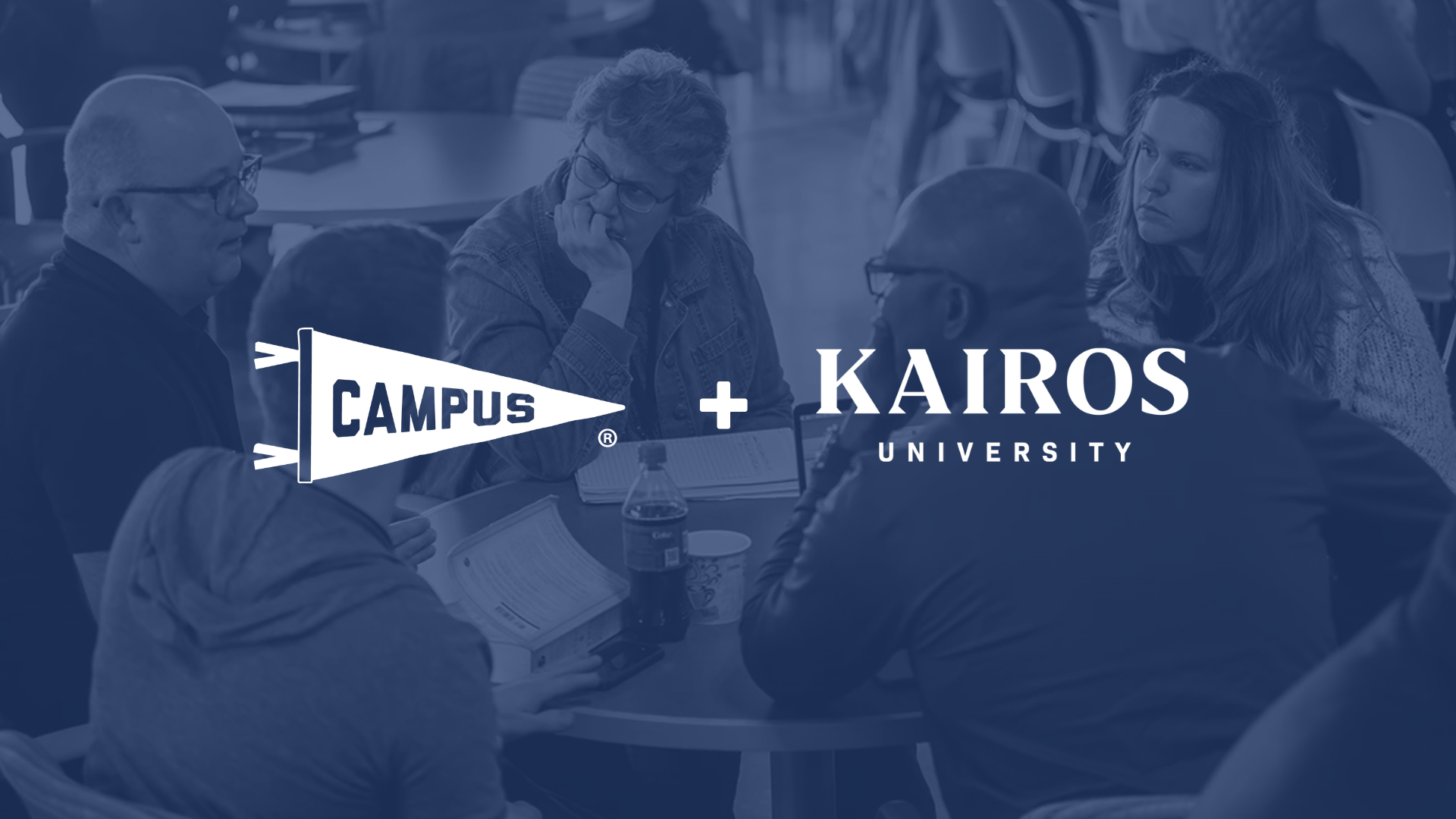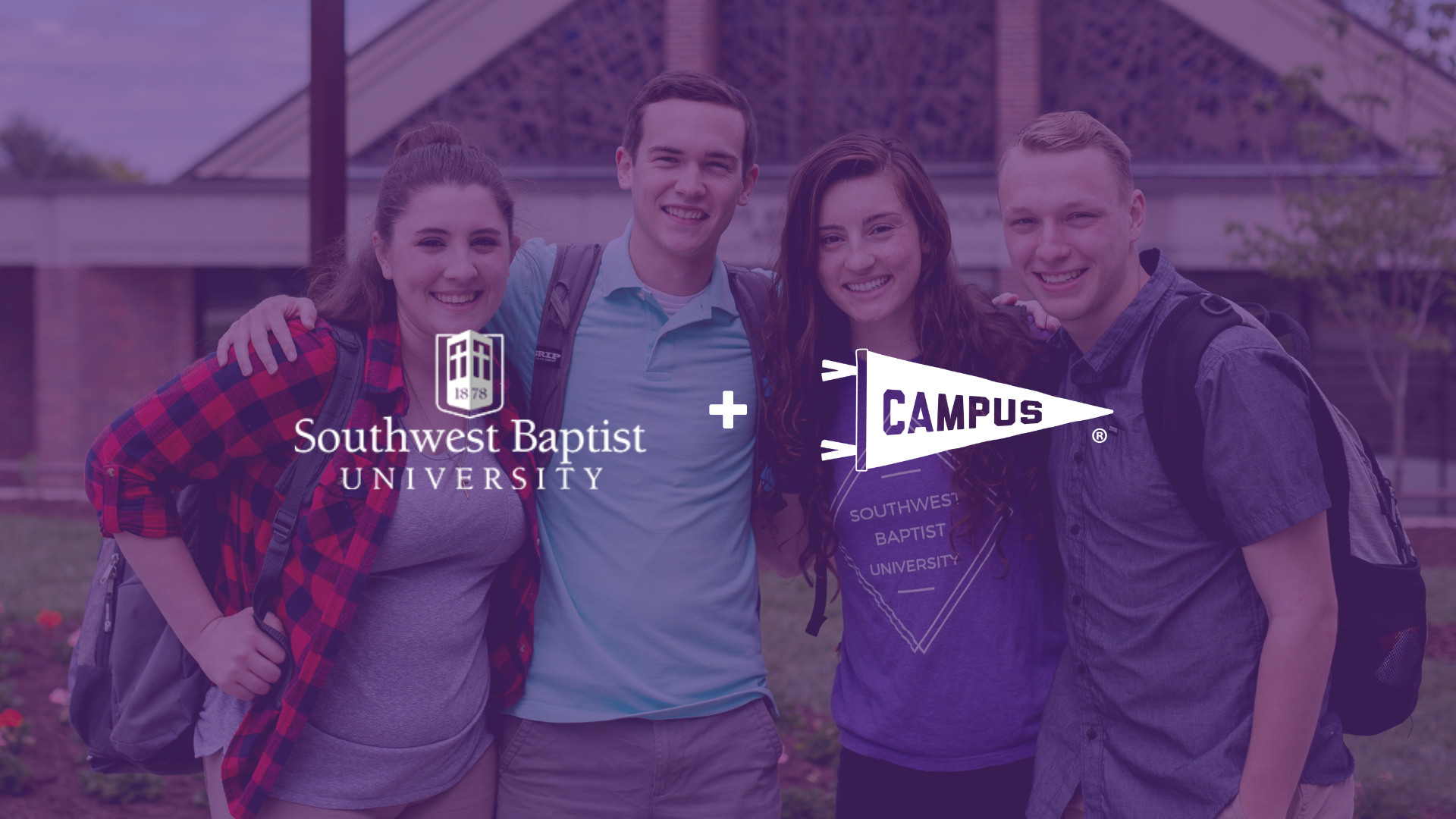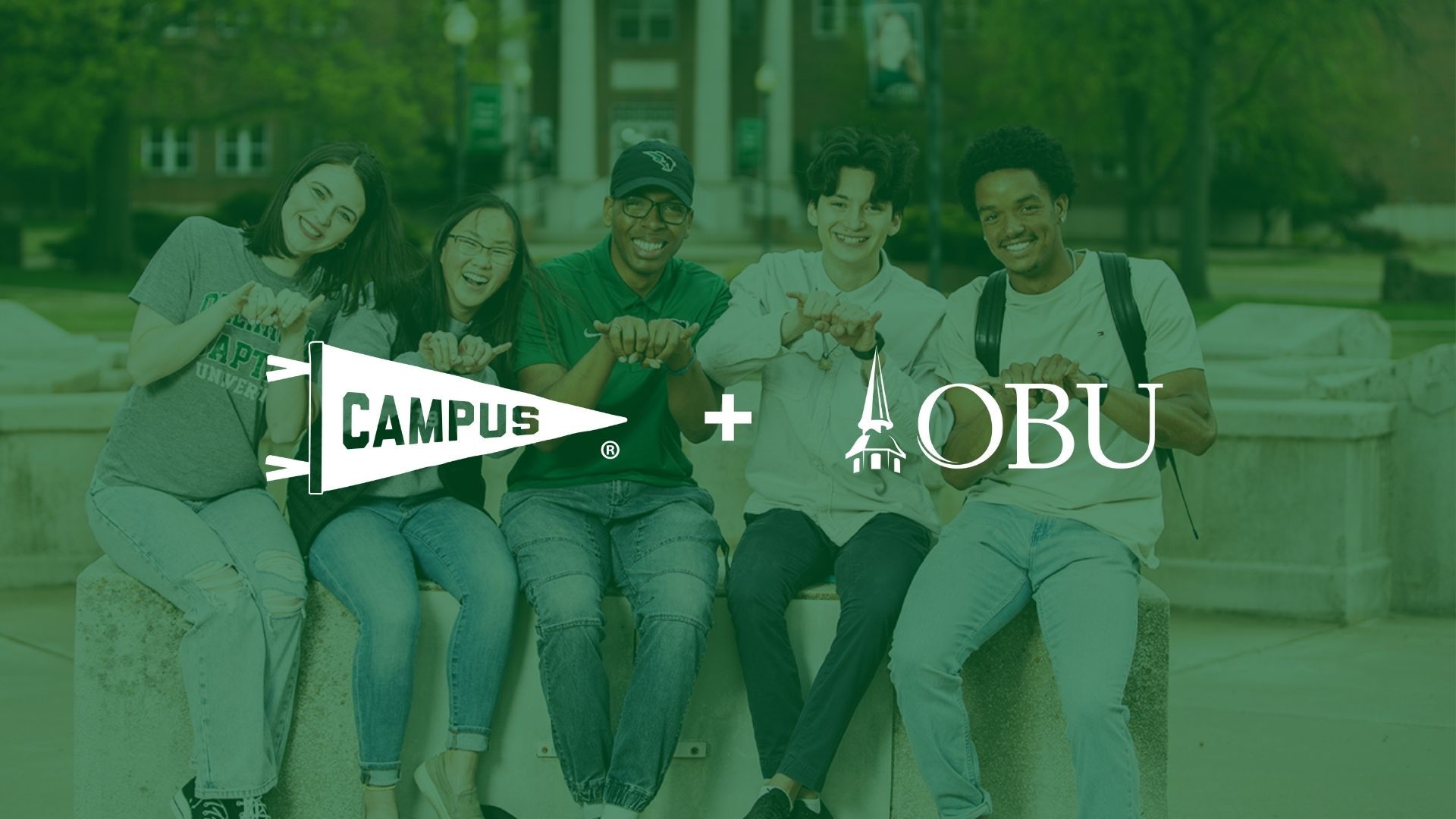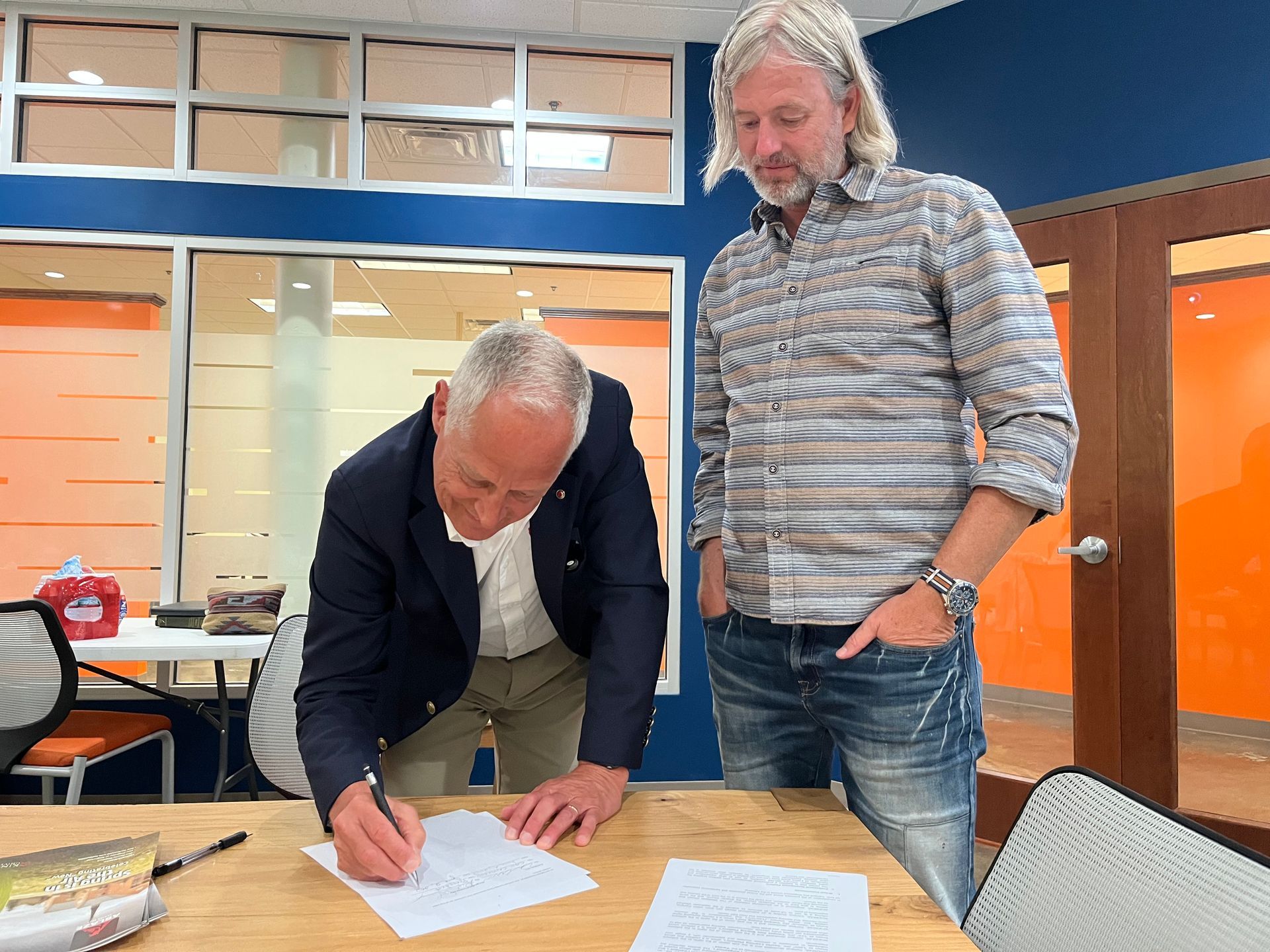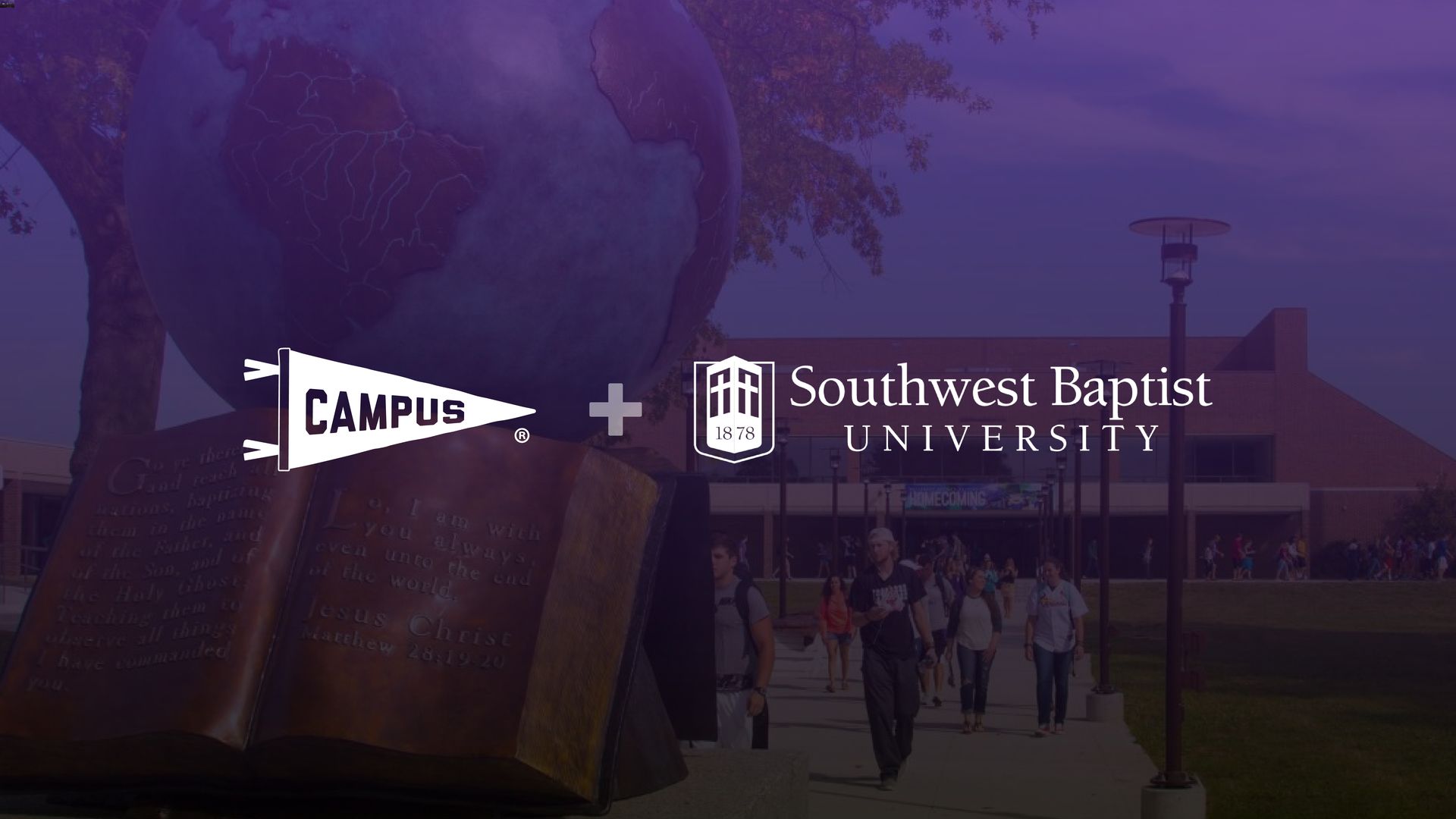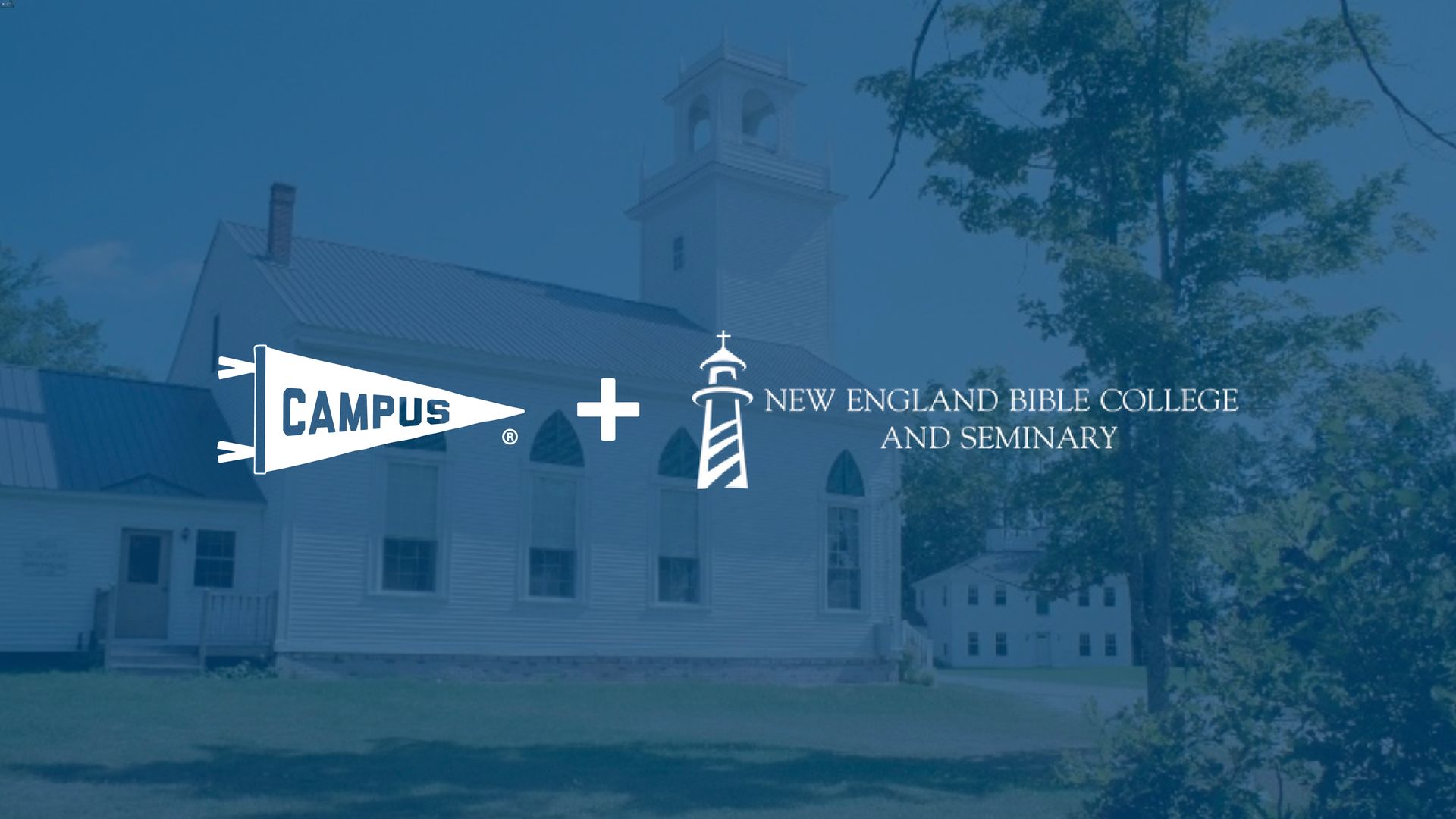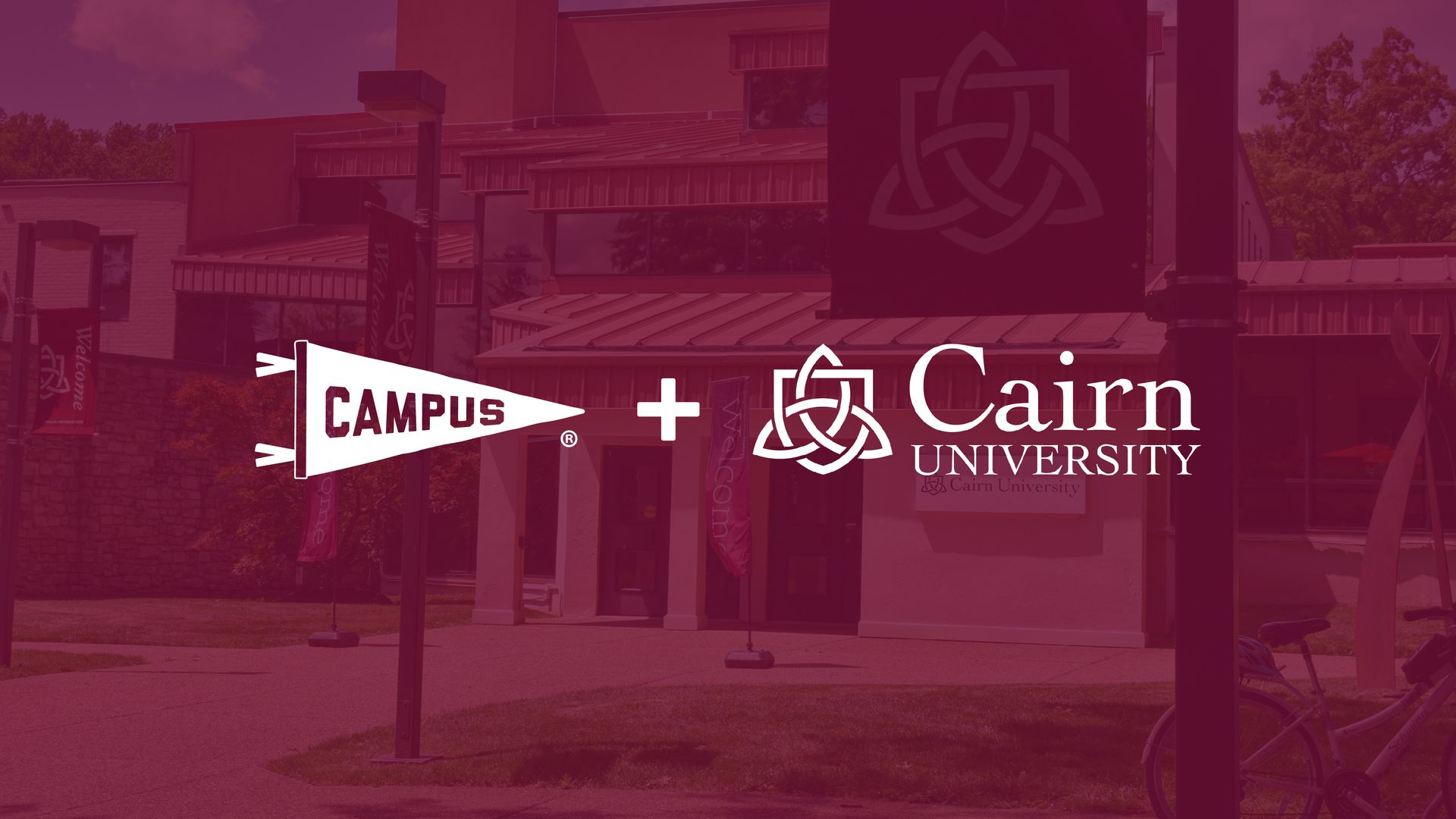The Platform Approach: Part 3
Erin Crisp
June 14, 2021

This is the part 3 of our white paper on the platform approach to higher education. If you haven't read part 1 or 2, go back and start there!
More Coverage
Historically, access to education has been a global challenge. Disparities among schools in the US have meant ample opportunities and resources in one district while the neighboring district struggles to pay teachers and provide textbooks. With internet connectivity and personal digital devices for every human on the planet, equitable access to education could become a reality in the next decade.
The educational value of Internet access and digital devices will be dependent on the availability of a platform that can adequately match learners with educational opportunities. Currently,
37% of parents and teachers
in the US would choose a private school for their children if cost and transportation were not factors.
The number of homeschooled students has doubled in the last 10 years
and currently there are nearly 2 million students being homeschooled. Parents’
primary reasons
for homeschooling are concerns about the school environment and a desire to provide moral instruction.
Campus equips educators to design engaging courses or lessons, and matches learners with the educational experiences that meet their expectations. Learners and schools could adopt an entire curriculum to earn a diploma or degree, or they could choose a singular lesson from a course for no credit.
While there are plenty of low-cost online learning options available today,
many represent a two-dimensional course design model
that does not meet the expectations of today’s learners. The Campus difference will be discussed in the next two parts.
Learners: Matching their Learning Expectations
Parents, school administrators, and students themselves are often keenly aware of what they want when adopting curriculum or signing up for an online course. Learners have expectations around the amount of interaction they will have with an instructor. They have expectations for connection with peers, ease of online navigation, workload, quantity and complexity of reading/writing assignments, grading practices, useful assessments, visual appeal, applicability to real life situations, and more.
As the number of platform users grows, so will the variety of learning opportunities available. An essential component of the technology is the ability for users of all types to be matched with a learning experience that meets their expectations for interaction, visual appeal, video content, workload, and progress toward a credential. The Campus Studios team continues to raise the bar for beautiful, appealing online learning experiences. Using the tools and support provided by Campus, all types of educators will have ample opportunity to build their own courses and compete on quality and appeal instead of pricing alone.
Current online learning environments facilitate poor matches between learners and educators which leads to unmet expectations and dissatisfied learners and instructors. Transparent course design means that learners and learning providers will know exactly what they are getting before they sign up. Equipped with a cell phone video camera, some basic video editing software, a bit of training, and a model to follow, educators can inspire learners in addition to delivering content. An open and public marketplace means that gaps in the catalog of offerings can be quickly filled by entrepreneurial educators.
(PART 4 COMING SOON!)
The Campus Blog
